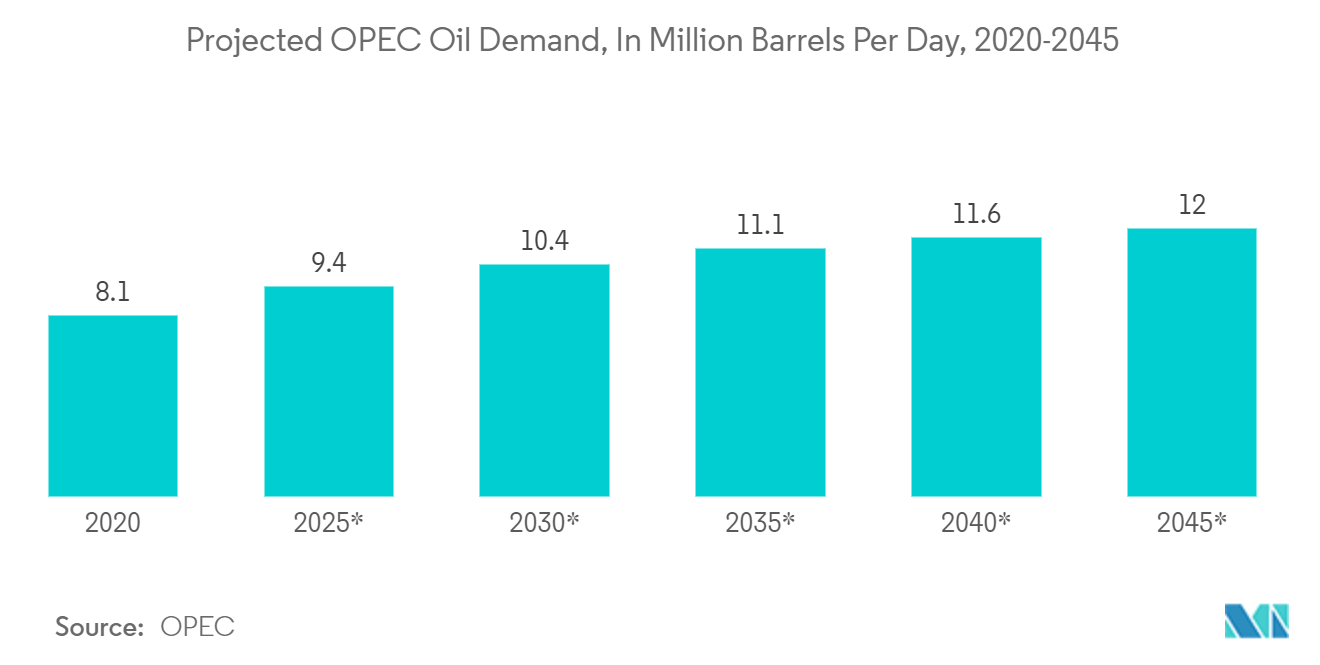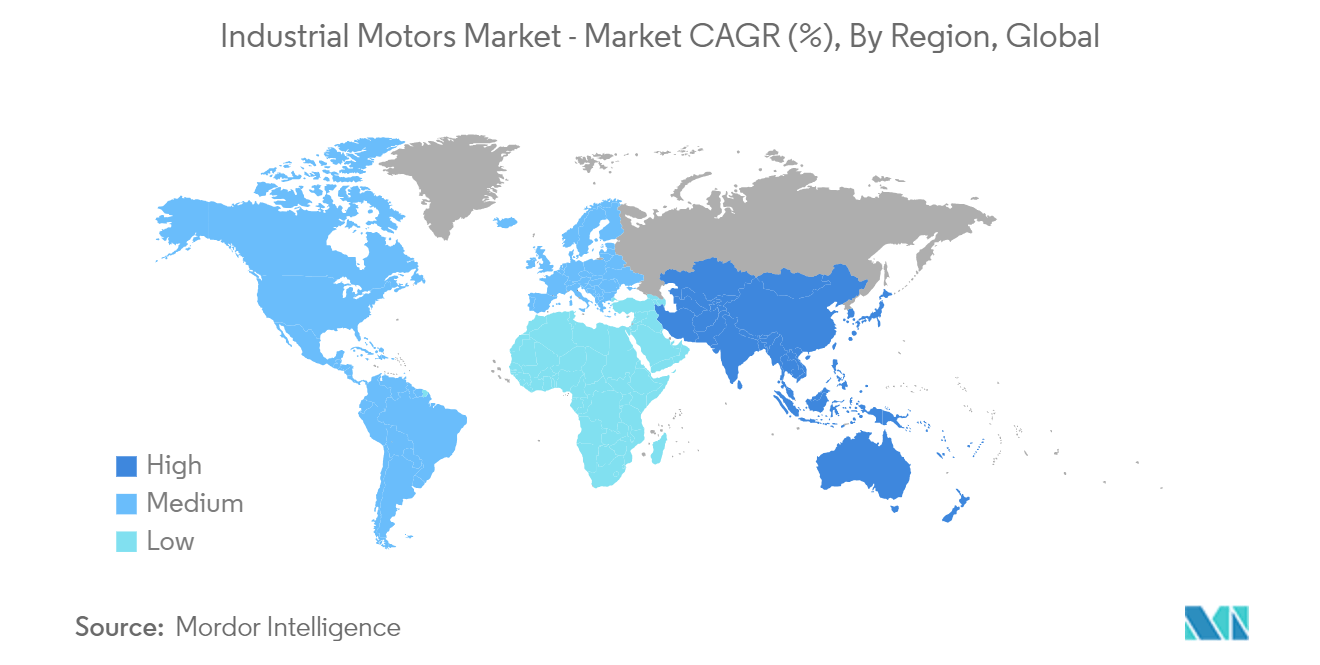Market Trends of Industrial Motors Industry
Low Voltage to Hold Significant Market Share
- The industry standards for low-voltage motors vary broadly. Several manufacturers have different motor classifications that are considered low-voltage motors. According to the IEC 600038 standard (International Electrotechnical Commission's), any motor rating up to 1000 volts is regarded as a low voltage (LV).
- Compared to other motors in the market, low-voltage engines have a wide range of applications across multiple industries. Some of the primary applications of low-voltage motors are in the mid-stream and downstream oil and gas, water, wastewater, food, and beverage industries, etc.
- Multi-purpose low voltage motors provide simple installation and quick start and have an affordable standardized design with high productivity, high reliability, increased safety, and very efficient electricity use. Low-voltage motors can also be designed for applications without a specially developed engine. The European Commission Ecodesign Regulation recently addressed this for low-voltage motors by enforcing and establishing (IE) International Efficiency classes defined by the IEC (International Electrotechnical Commission). It set IE3 as the minimum standard and IE5 as a unique ultra-premium rating, including motors with variable-speed drives.
- Additionally, over the forecast period, rising oil prices are expected to create a strong rebound demand for LV motors from the oil and gas industry. For instance, according to OPEC, crude oil demand in the OPEC member countries is anticipated to grow from 8.1 million barrels per day to 12 million barrels per day by 2045. Considering such trends, companies are now focusing on developing low-voltage motor solutions for the oil and gas sector to grab emerging opportunities, creating a favorable outlook for the growth of the studied market.

Asia-Pacific to Witness Significant Growth
- Manufacturing is one of the pillars of several countries of the Asia Pacific region, specifically of the Chinese economy, and is undergoing a rapid transformation. This large-scale transformation has put the country in a leading position in the market. Over the last two decades, Chinese manufacturers have evolved their capabilities from producing low-cost goods to creating more advanced products, wherein competent industrial machinery and motors remain pivotal.
- The adoption of industrial motors in the country is also expected to be driven by smart manufacturing initiatives. According to the Ministry of Industry and Information Technology, the Chinese government initiated several smart manufacturing pilot projects. As per the 13th five-year plan, the country aims to establish its intelligent manufacturing system and complete the critical industry transformation by 2025. As a result of such initiatives, automakers have been expanding their manufacturing facilities in China, creating a favorable outlook for the demand for industrial motors during the forecast period.
- A similar trend has been observed across other countries. For instance, the government of India, in October 2022, announced that it put up 42 oil and gas blocks for exploration and development through international competitive bidding. India will more than double the area under investigation and production of oil and gas to 0.5 million square kilometers by 2025 and 1 million sq. km. by 2030, intending to raise domestic output and cut reliance on imported fuel, thus creating a favorable outlook for demand for industrial motors in the oil and gas industry as industrial motors play a vital role in the upstream of the oil and gas industry and are widely used to drive equipment such as pump and compressor systems.
- Furthermore, in recent years, the industrial sector in Southeast Asia has also flourished significantly, driven by the growing investment by MNCs exploring destinations outside China. Countries such as Thailand, Malaysia, and Indonesia are fast emerging among the leading industrialized economies in the region, which is anticipated to favor the studied market's growth in Southeast Asia during the forecast period.


